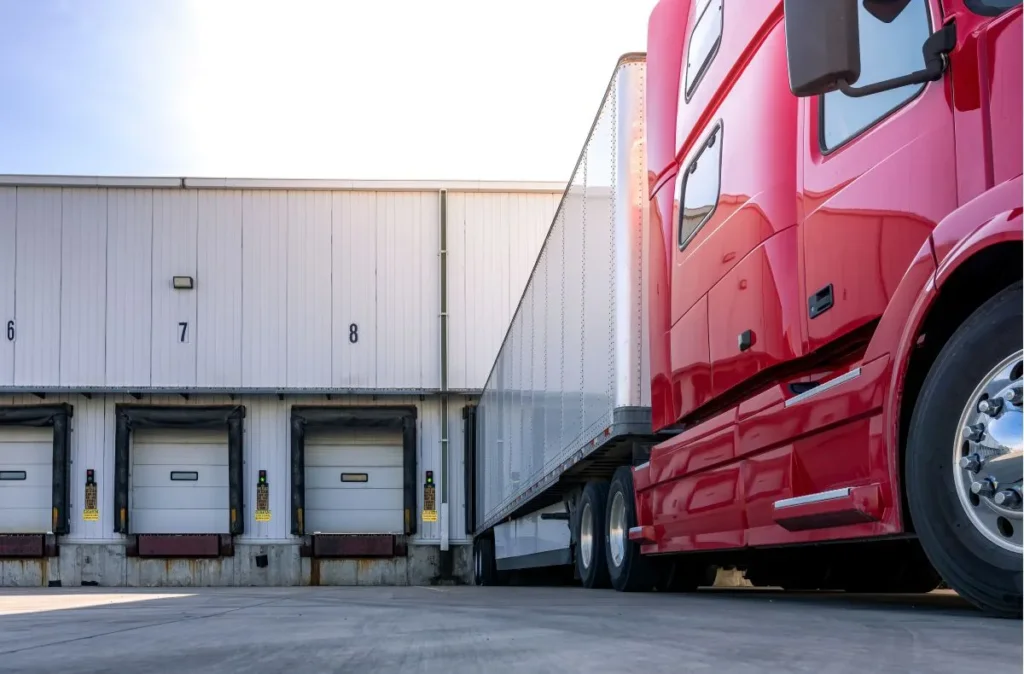EETS or the European Electronic Toll System, will be implemented later this year. At the beginning of 2018 the first devices used to operate the system will appear on the market.
EETS is a service which provides electronic toll collection for heavy goods vehicles within the European Union area. According to Directive 2004/52/EC of the European Parliament and the Council of Europe of 29 April 2004 it will be launched throughout the EU by the end of 2017. The devices used to operate the system are planned to appear on the market at the beginning of 2018.
The service is operated by a Toll4Europe company which includes T-Systems International, Daimler AG and DKV Euro Service (DKV Euro Service will be the accounting partner for transport companies). The companies established a joint venture co-operation for the start of the EETS toll system throughout Europe, including Poland.
At the end of May this year the company responsible for the system informed that it is refining the details of EETS commercialisation and the work on the technical aspects of introducing the service are at an advanced stage.
In Poland the system will be operating on roads managed by the General Directorate for National Roads and Motorways.
An optional service
The European toll is optional and complementary to electronic toll levied on toll roads. The driver can therefore decide for themselves whether they want to use this options in areas where the electronic toll systems exist. They can also select the provider with which they will conclude a contract.
In Poland the provisions on the definition of the European Electronic Toll Service and its technical elements were introduced with an Act of 13 May 2016.
The benefits of EETS
The EETS service will simplify the toll on roads throughout the European Union on which the charges are incurred in electronic form.
Thanks to the new solution drivers will be able to drive freely across Europe and one inter-operational box will be automatically charging fees in one currency. Having multiple devices, buying vignettes or standing in queues in front of the gates will be no longer necessary. All payments will be limited to one invoice from the selected operator.
Each driver will be able to travel freely across Europe with only one device in their vehicle which will automatically calculate all the payments. This not only saves a lot of time but also simplifies the paperwork and invoicing. You will no longer have to collect receipts from all the points you pass. The payments will be calculated without having to stop the vehicle in toll booths which will effectively reduce traffic jams – says Michał Bałakier, Managing Director of DKV Euro Service Polska.
EETS will also facilitate the border traffic and will be beneficial to free movement of goods and persons throughout the European Union.
One device
In order to cover all the routes in Europe with the system it will be necessary to integrate the GPS, DSRC and GSM technologies in one compatible device for toll collection (so called OBU – on-board unit). Market leaders on the fuel card market, DKV Euro Service and UTA, have already announced that the devices will be launched early next year.
DKV Euro Service informs that they will first introduce the single on-board unit in Poland, Germany, Belgium, France and Austria. Next, the system will also include Italy, Portugal, Spain and Hungary.
DKV Euro Service will launch DKV BOX EUROPE (manufactured by Siemens) at the beginning of 2018. The company assures that users will be able to install the device by themselves and move it between their vehicles (the connection will be possible using the Plug and Play technology without the need to install the device in specialised workshops). In addition, a convenient online registration and wireless configuration will be possible.
How DKV BOX EUROPE works:
The box from the fuel card supplier UTA will be available in February 2018 but the early registration will be possible on the www.uta.com website at the end of this year. According to Union Tank, the device will be usable in Austria, Belgium, Spain, France, Italy, Portugal and a private stretch of the Polish A4 from February.








